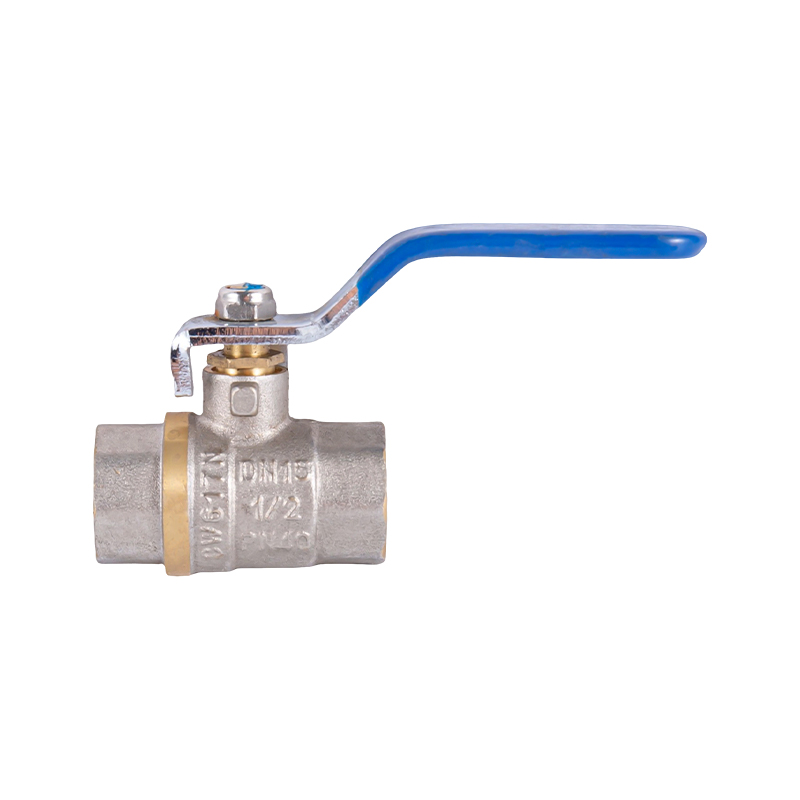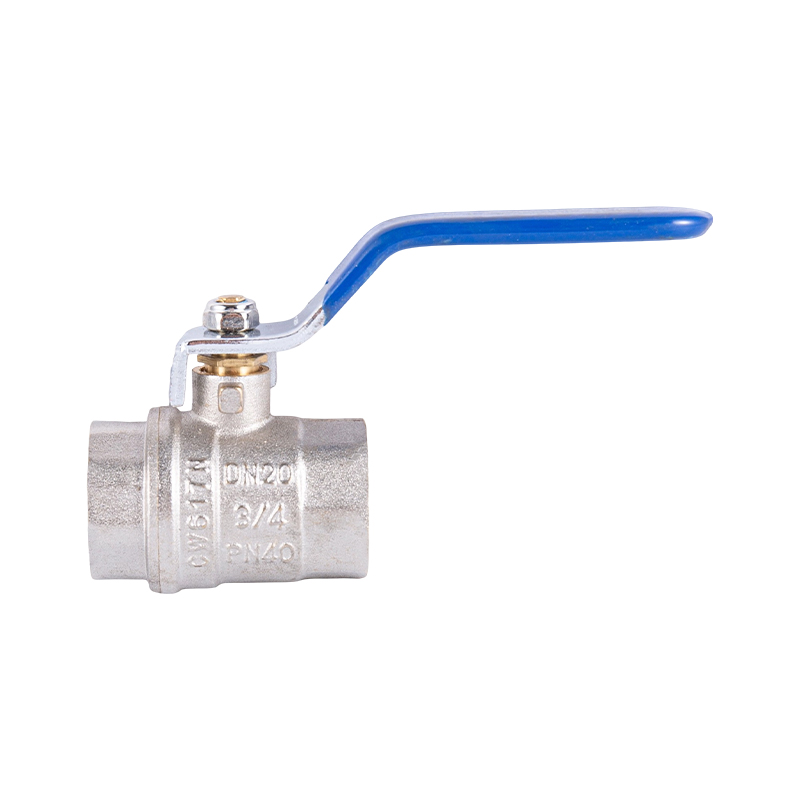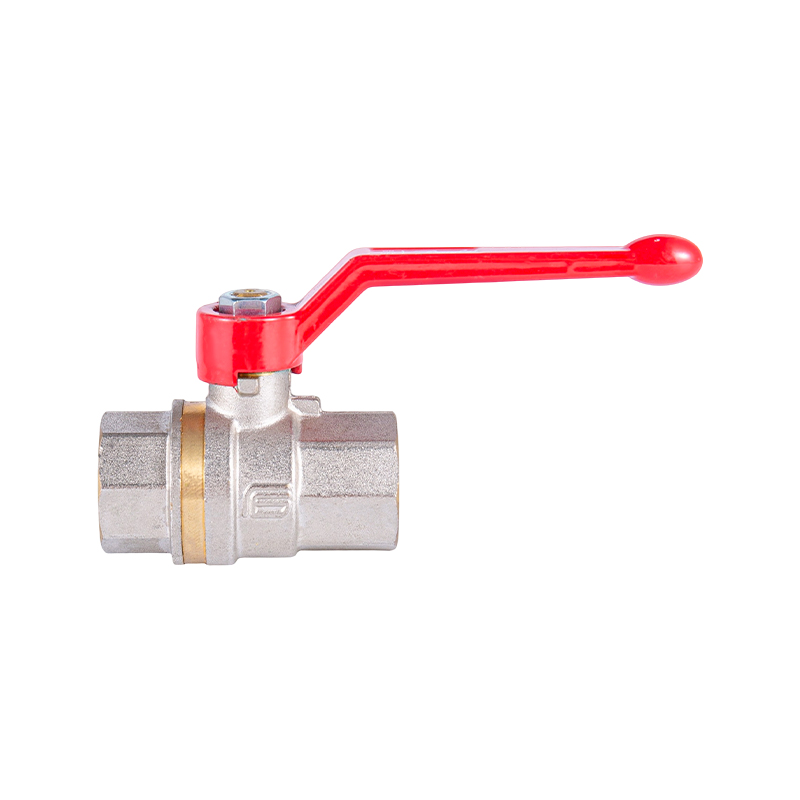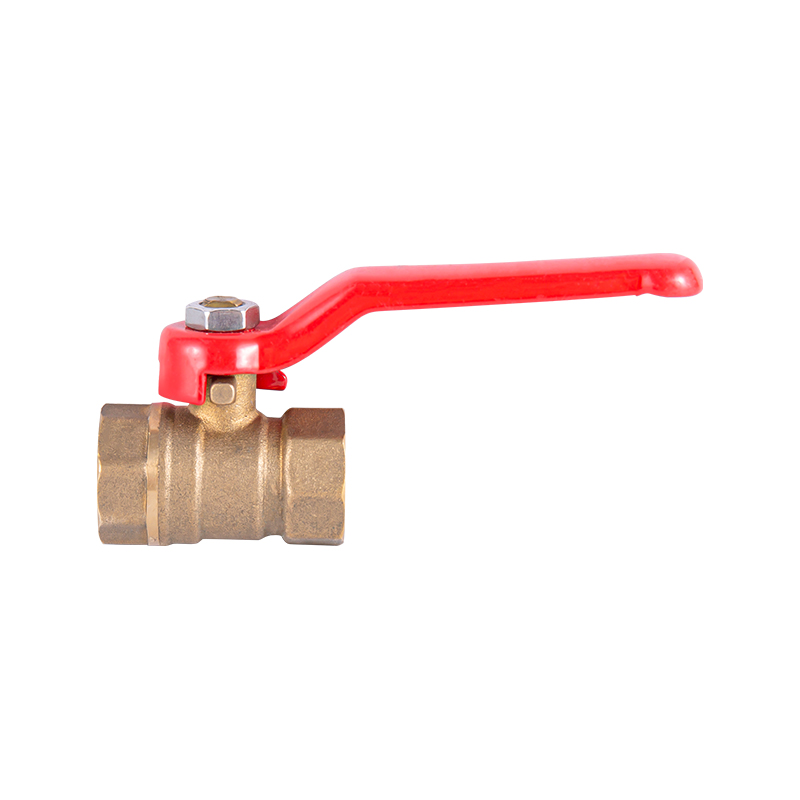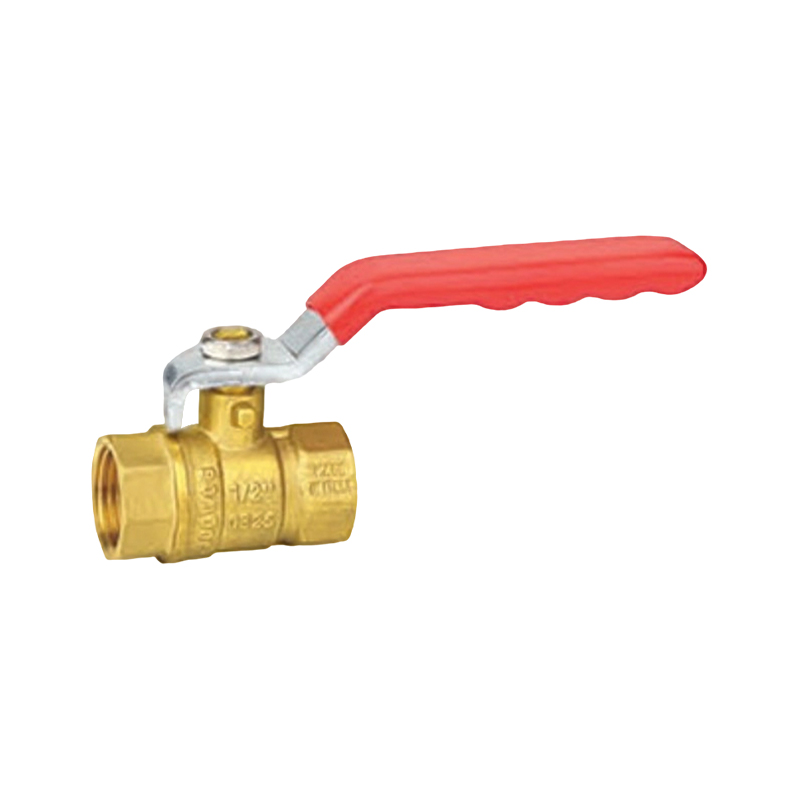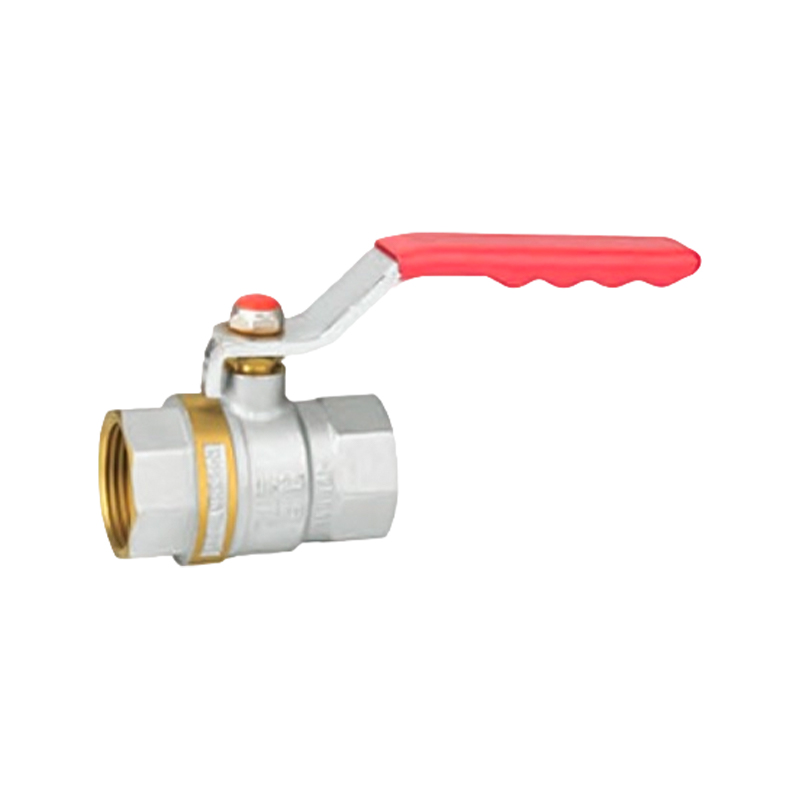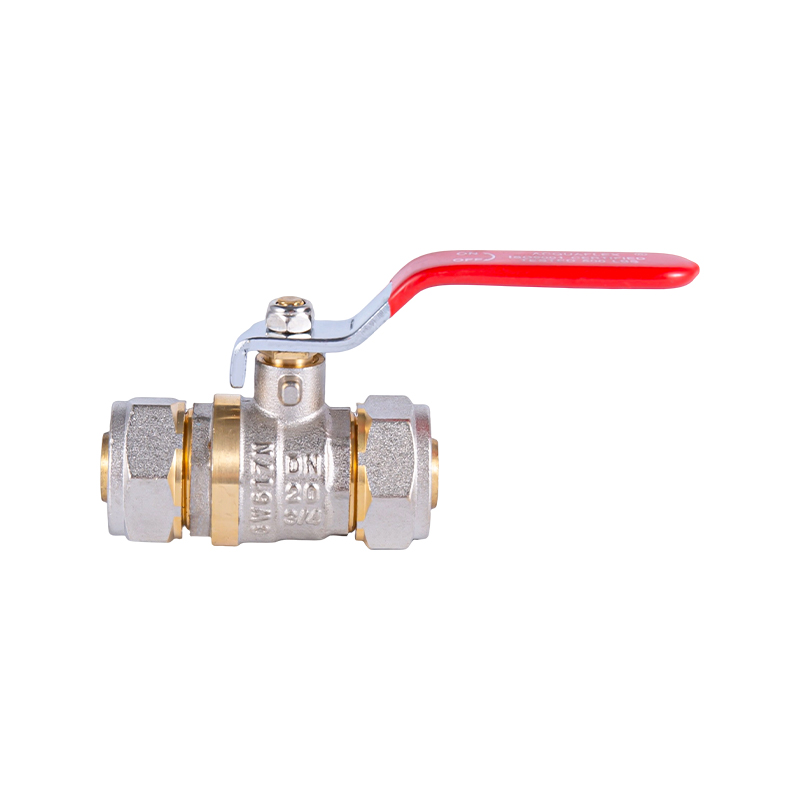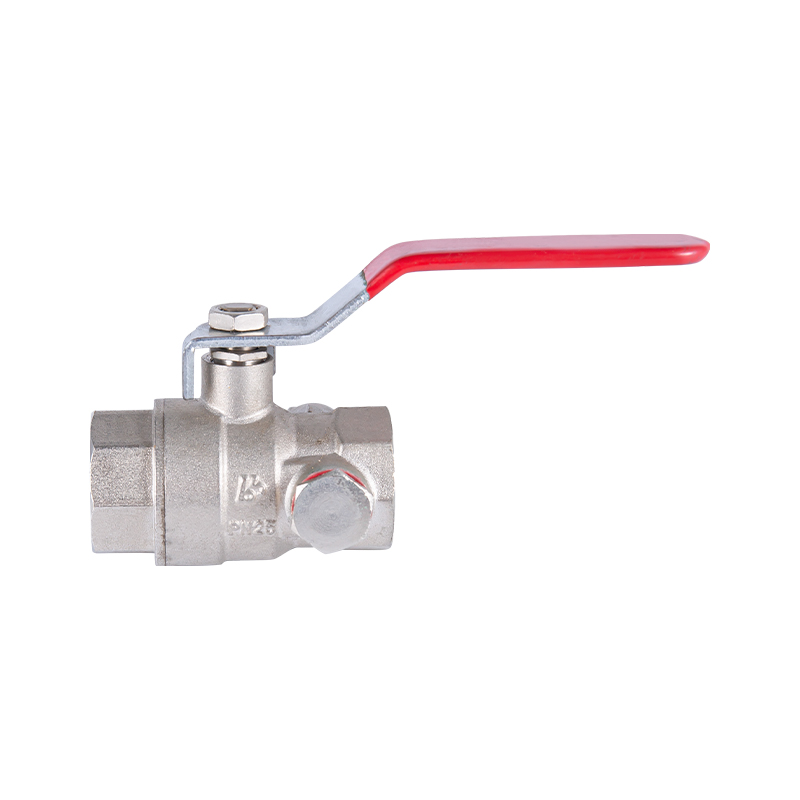The One Way Check Valve Gains Attention In System Backflow Prevention Strategies
In fluid handling systems, the need for consistent and reliable flow control remains a high priority across sectors such as manufacturing, water treatment, and chemical processing. Among various components, the one way check valve has garnered increasing attention for its practical contribution to backflow prevention. By allowing flow in only one direction, this valve helps safeguard systems from reverse pressure that could damage equipment or compromise operational safety.
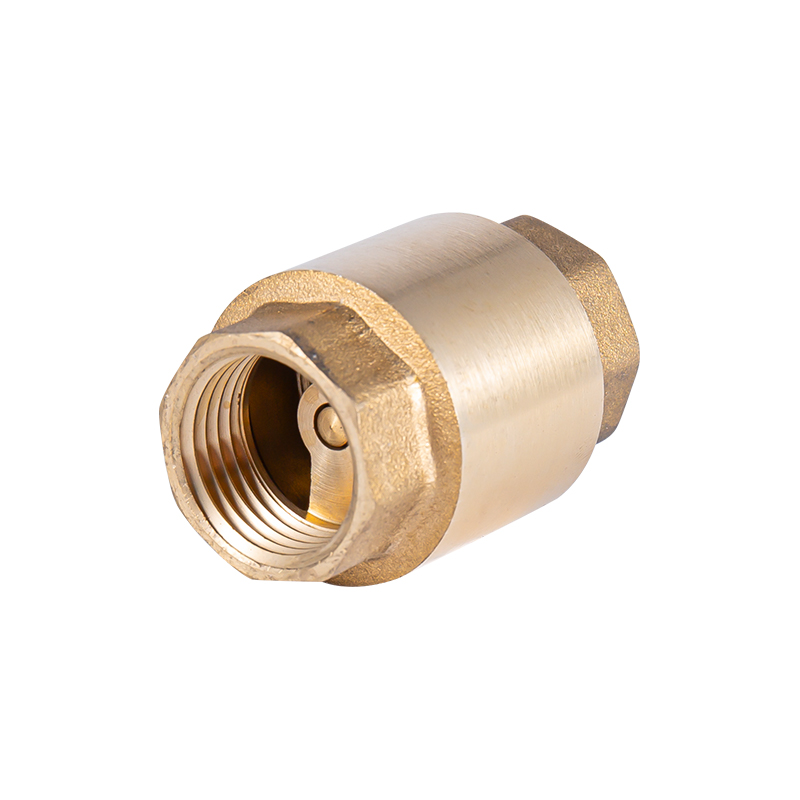
Many engineers and system designers are revisiting how to integrate the one way check valve into both new and existing piping frameworks. This renewed interest stems from the valve’s straightforward mechanical function and its versatility in both horizontal and vertical installations. Once installed, the valve requires limited intervention, relying on flow pressure to activate or close its internal mechanism. Such characteristics make it suitable for a wide range of applications, from domestic plumbing to large-scale fluid transport systems.
Alongside the one way check valve, the Y-type Ball Valve is also being deployed in systems requiring selective shutoff or isolation capabilities. Its angled body design facilitates smooth flow with small turbulence, while the ball mechanism provides a dependable seal. When paired with the one way check valve, it enhances the overall control across process lines, ensuring that backflow risks are reduced and maintenance tasks can be performed without draining entire systems.
The mechanical simplicity of the one way check valve allows it to function effectively without external power sources. This makes it a favorable option in remote or energy-conscious applications. Its use can be observed in pump systems, irrigation networks, and storage tank lines. In many of these applications, Y-type Ball Valve units are strategically positioned to control sections of the system, allowing for pressure testing, flushing, or emergency shut-off without affecting the entire operation.
Designers are increasingly combining Y-type Ball Valve units with the one way check valve in compact layouts, especially where space constraints or system complexity are a concern. The integration allows for clear directional flow and sectional isolation. This configuration supports both safety protocols and operational flexibility, two major concerns in environments where fluid dynamics must be carefully managed.
Furthermore, maintenance considerations are influencing the adoption of this valve combination. Since the one way check valve often contains fewer moving parts than more complex control devices, it reduces the frequency of required inspections. Likewise, the Y-type Ball Valve offers accessible internals for cleaning or part replacement, which less downtime in industrial systems that cannot afford prolonged service interruptions.
System reliability does not solely depend on electronic controls or automation. Mechanical solutions like the one way check valve and Y-type Ball Valve continue to play a crucial role in foundational system performance. Their growing use reflects a shift toward components that offer dependable operation with small resource demands.
The rising attention to the one way check valve in system backflow prevention strategies reflects a practical trend in fluid system design. Together with the Y-type Ball Valve, it forms a vital part of a broader approach to safe, efficient, and maintainable fluid transport networks. Their combined usage provides a balanced solution for both new installations and retrofitting projects, where controlling direction and maintaining system integrity are essential goals.
-
Feedback


 English
English 中文简体
中文简体 русский
русский Email us now!
Email us now!
